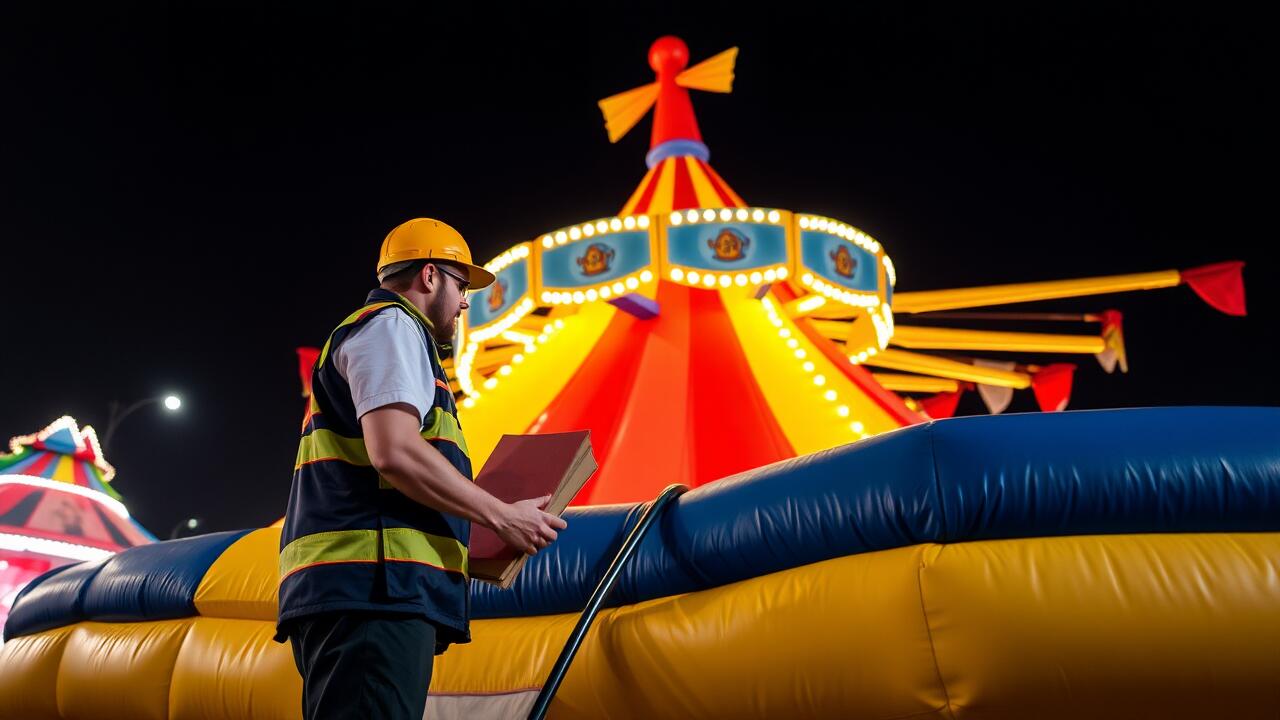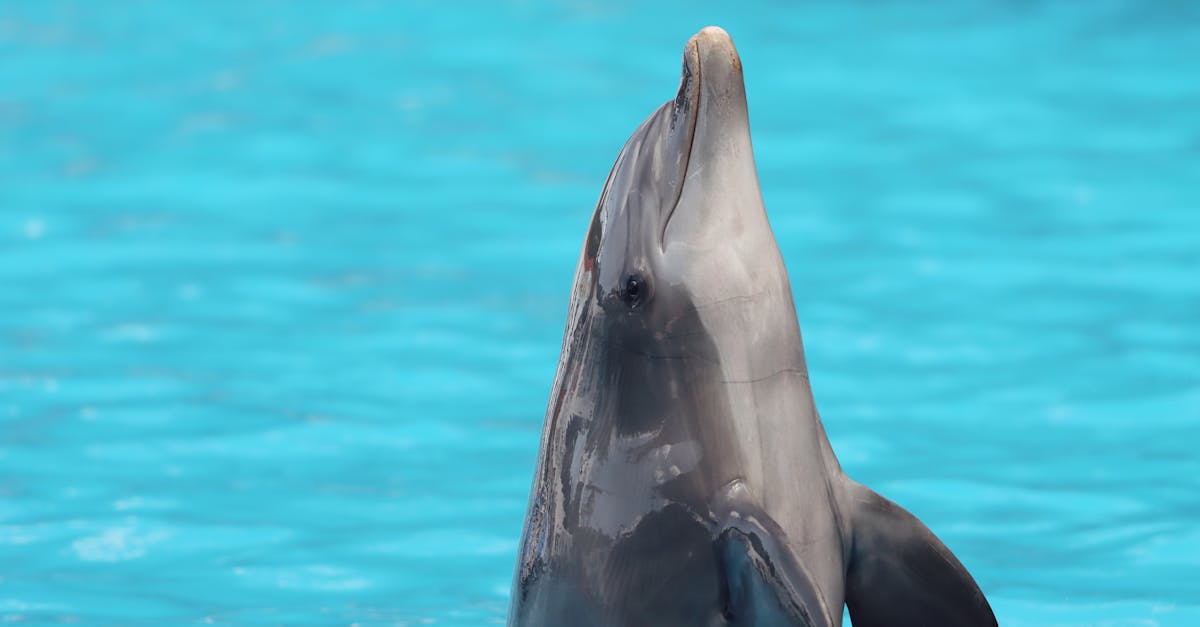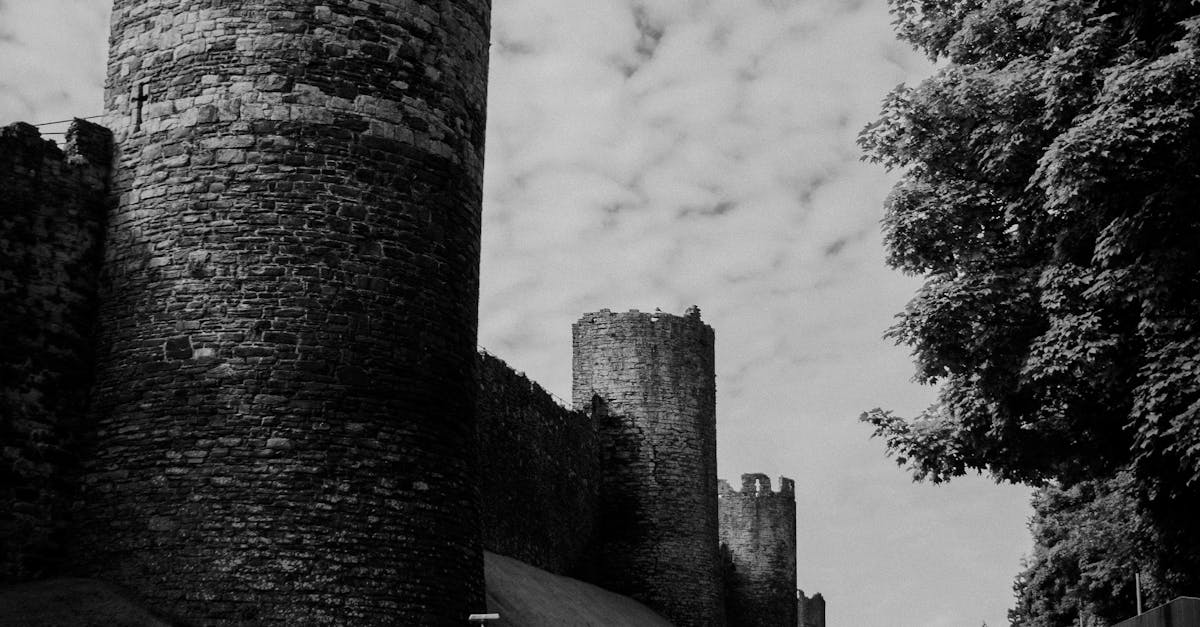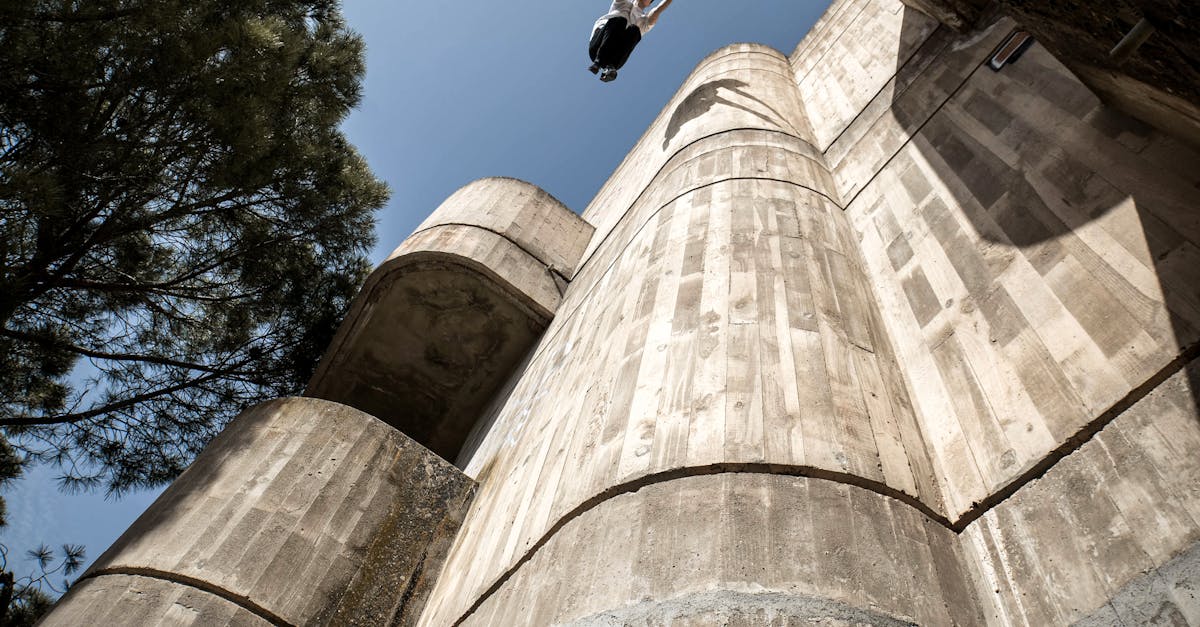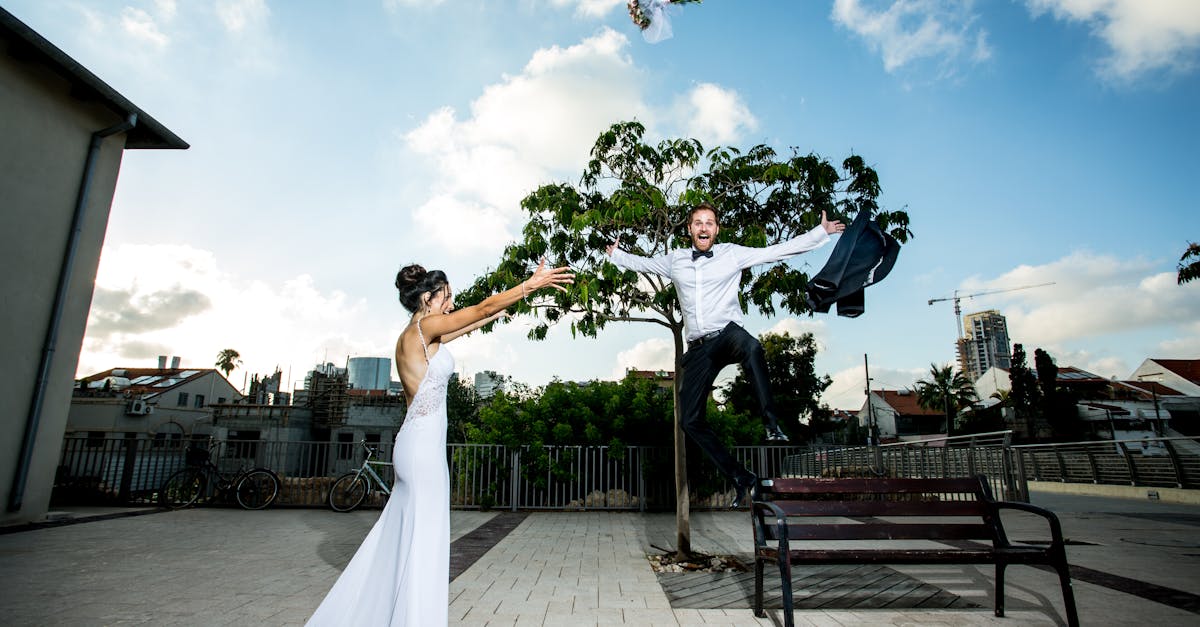
Table Of Contents
The Largest Ferris Wheels Around the World
Ferris wheels have become iconic attractions at fairs and carnivals across the globe, showcasing breathtaking views and thrilling experiences. The world's largest ferris wheel, the Ain Dubai, stands at a towering height of 250 metres, offering unrivalled panoramic vistas of the city. Another remarkable example is the High Roller in Las Vegas, which reaches 167.6 metres, defining the skyline with its impressive stature. These colossal structures often accompany inflatables and carnival rides, creating an electric atmosphere that captivates visitors of all ages.
Each of these extraordinary ferris wheels features unique design elements and engineering feats. The London Eye, while not among the tallest, remains one of the most recognisable due to its distinctive design and historical significance. As crowds gather around these monumental rides, the accompanying inflatables and carnival rides contribute to an overall festive ambience, enhancing the fun and excitement of the carnival experience. Visitors are often drawn to these attractions, making them a central part of the celebration.
Notable Examples and Their Features
The London Eye stands as one of the most iconic Ferris wheels in the world. Situated on the South Bank of the River Thames, it rises to a height of 135 metres, offering breathtaking views of the city skyline. Each capsule is climate-controlled, allowing visitors to experience a comfortable ride while taking in panoramic sights. The wheel turns slowly, providing ample time to capture stunning photographs. Its unique design and central location make it a popular attraction for both tourists and locals.
In Australia, the Melbourne Star offers a similar experience with its contemporary design and strategic positioning in the city’s docklands. This Ferris wheel is one of the largest in the Southern Hemisphere, reaching 120 metres tall. Each ride lasts approximately 30 minutes, providing riders with a unique perspective of the vibrant city below. Alongside attractions like inflatables and carnival rides, the Melbourne Star enhances the festive atmosphere, making it a highlight for families and thrill-seekers alike.
Cultural Impact of Ferris Wheels
Ferris wheels have often symbolised the joy and wonder of amusement parks and carnivals, capturing the imagination of visitors since their inception. These towering structures provide more than just a thrilling ride; they represent a shared cultural experience, often associated with nostalgia and family outings. In various communities, Ferris wheels serve as iconic landmarks, drawing locals and tourists alike. Their presence at fairs and festivals contributes to the overall atmosphere, encouraging a sense of connection and excitement that goes beyond their physical structure.
In addition to the excitement they generate, Ferris wheels also find their place in popular culture, influencing art, literature, and cinema. They often serve as backdrops for stories of romance and adventure, symbolising the highs and lows of life. This cultural significance is complemented by the spectacle of inflatables and carnival rides that surround them, creating vibrant scenes full of colour and energy. The interplay of these attractions contributes to a unique ambience at carnivals, enhancing the sensory experience that captivates people of all ages.
Ferris Wheels in Art and Literature
Ferris wheels often serve as powerful symbols in various forms of art and literature, representing both nostalgia and the passage of time. Artists have documented these iconic structures in paintings, photographs, and installations, highlighting their unique ability to evoke memories of childhood and carefree enjoyment. Writers frequently incorporate ferris wheels into narratives, using them as backdrops for pivotal moments or as metaphors for life's cyclical nature. The blend of engineering and whimsy makes them an enduring subject, especially in settings that celebrate human ingenuity and joy.
Inflatables and carnival rides, including ferris wheels, capture the essence of community and celebration. They embody a sense of wonder, drawing people together often during festive occasions. Authors have explored these themes, examining how such attractions foster connections between individuals and within society. In many stories, the ferris wheel acts as a stage for personal drama, where characters face challenges or experience pivotal transformations amidst the laughter and excitement that surrounds these beloved attractions.
Planning a Visit to the Carnival
When planning a visit to the carnival, it’s important to consider how to maximise your experience. Many carnivals offer a variety of attractions, including inflatables and carnival rides, which can cater to all ages. Arriving early can help you avoid long queues and give you ample time to explore the different game stalls and food vendors. Checking the carnival schedule is also beneficial, as there may be specific events or performances that you won’t want to miss.
Additionally, be mindful of the weather conditions, as they can significantly impact your outing. Comfortable clothing and sturdy shoes will enhance your enjoyment as you navigate between the attractions. A map of the carnival layout can help you plan your route, ensuring that you experience both the thrill of the inflatables and carnival rides and the excitement of live entertainment. Bring along some cash for games and treats, as many vendors may not accept cards.
What to Expect from the Ferris Wheel Experience
Riding a Ferris wheel at a carnival offers a unique perspective on the bustling atmosphere below, contrasting the serene heights with the lively chaos of Inflatables and carnival rides. As the wheel turns, riders can enjoy panoramic views of the grounds, taking in the vibrant colours, laughter, and excitement that characterise such events. The gentle swaying of the cabin, paired with the rising and descending movements, creates a somewhat peaceful experience amidst the otherwise energetic surroundings.
Passengers on the Ferris wheel often find themselves sharing the ride with friends or family, enhancing the enjoyment through shared laughter and anticipation. The feeling of being lifted above the carnival can evoke memories and spark conversations about past experiences. As the ride reaches its peak, the sights and sounds of the fair mix into a captivating sensory experience that can make even the most seasoned carnival attendee pause in awe at the whimsical world that unfolds below.
FAQS
What is the wheel at a carnival commonly known as?
The wheel at a carnival is commonly known as a Ferris wheel.
Who invented the Ferris wheel?
The Ferris wheel was invented by George Washington Gale Ferris Jr. for the 1893 World's Columbian Exposition in Chicago.
How tall are the largest Ferris wheels in the world?
The largest Ferris wheels in the world can reach heights of over 200 metres, with the Ain Dubai being one of the tallest at 250 metres.
Are Ferris wheels safe to ride?
Yes, Ferris wheels are generally safe to ride as they are built to strict safety standards and undergo regular inspections.
What can I expect when riding a Ferris wheel?
When riding a Ferris wheel, you can expect a slow and relaxing ascent, providing you with scenic views from the top, followed by a gentle descent.
